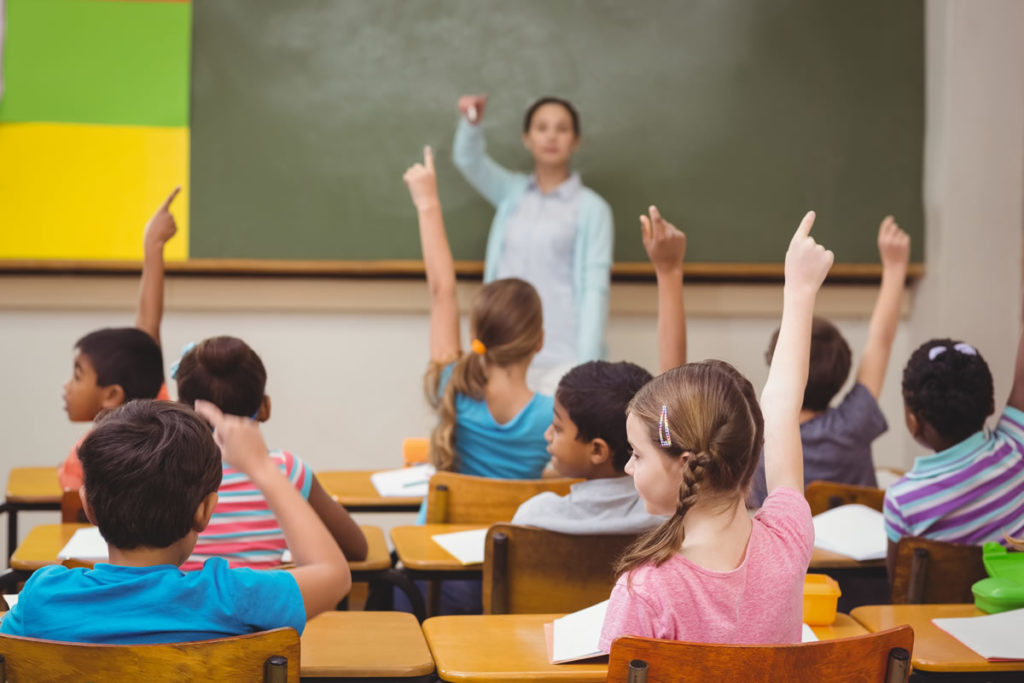Neuroscience is the field of science that studies the nervous system to account for brain function. Neuroscience, in this sense, puts at the center of the study the functioning of the brain from all angles : the biological, the molecular, the cellular, the behavioral and the cognitive.
Consequently, when we talk about learning from neuroscience we focus on these last two aspects, behavioral development and cognitive development, which together with psychology provide us with knowledge to improve our learning style.
So how can we improve academic performance and the learning process in the educational system according to neuroscience? From educational neuroscience, some contributions are given in this regard, which we report in more detail below.
Necessary practices for learning according to neuroscience
- Physical activity is necessary. Regular physical activity contributes to memory improvement and information processing speed. When we exercise, a protein is released in the brain that increases the ability of neurons to interconnect. A brisk walk of at least 30 minutes a day is enough to improve our health.
- Try a balanced diet. For the brain to function properly and stimulate memory, it is necessary to have a balanced diet rich in fruits and vegetables as well as very low in fat. High-fat diets are proven to reduce brain plasticity.
- Get a good night’s sleep before learning processes. Sleeping the recommended 8-10 hours at night is ideal to have a good level of rest and a brain ready to learn new knowledge. However, it has also been proven that even sleeping for that specific number of hours a person can achieve a better memory level, an intuitive brain and a high level of creativity after a nap prior to a learning process.

- Develop working memory. Working memory is called that which helps us reason, think, plan, make decisions … Therefore, it is closely related to the left hemisphere of the brain and is cultivated when we develop mathematics, philosophy or play chess.
- Create methods to remember what you have learned. There are several methods to stimulate long-term memory, such as asking questions about what you have learned. This method can be implemented by a teacher in class with their students at the end of a discussion on a topic. Reading aloud is another method that helps the brain focus and increase attention spans.
- Promote reading. Reading is the best exercise for the brain, as it stimulates both the left and right hemispheres. The left is forced to work at times when we have to reason, use memory or make connections with our social and emotional side. The right hemisphere is activated when we transform the letter codes into images.
These are just some of the advances that neuroscience is bringing to education and learning processes, as there is much to advance and discover.
Applied neuroscience in the classroom: guidelines to carry out
- Children follow our example. If we get nervous and raise our voices, they will too. On the contrary, if we communicate calmly they will learn emotional regulation more quickly. If we apologize when we make mistakes, they will learn to do the same.
- Children respond to connection. Children need to orient themselves with the help of their parents. So when children go to school, they look for an adult to follow. And to be that adult kids want to follow, teachers need to connect with them. Sometimes security and love is all a child needs to recover.
- Care and prevention avoid problems. Since teachers cannot drop everything many times to serve a single student in question, it is interesting to develop a “disruption prevention plan.” In this plan, it is essential to establish the need to respond with empathy to what each child expresses, making sure to establish connections with everyone, even for a short time.

- Children respond better to training than to control . All humans resist being “pushed” into life and not fully participating in it, and children are no exception. So, for example, why aren’t children talking about the rules a classroom needs, and why? When children are involved in creating the rules, they are much more likely to own and follow them.
- Empathy can be a magic wand. Dedicating the end of each class or the beginning to listening to students and putting themselves in their shoes before their concerns and problems can be a true magic wand for the proper functioning of the classroom, and will make all students feel cared for and listened to without need of having to interrupt the course of a class. And it is that empathy is a true magic wand for the proper functioning not only of the class, but of life in general.











































































































